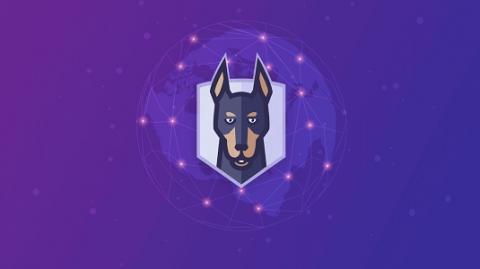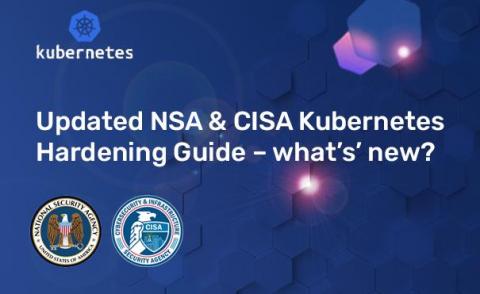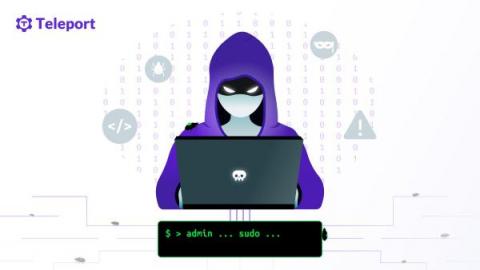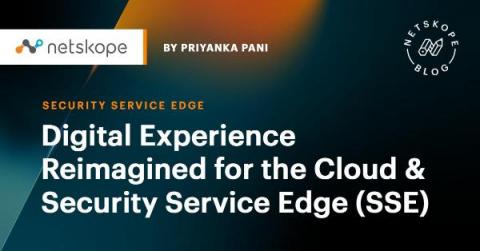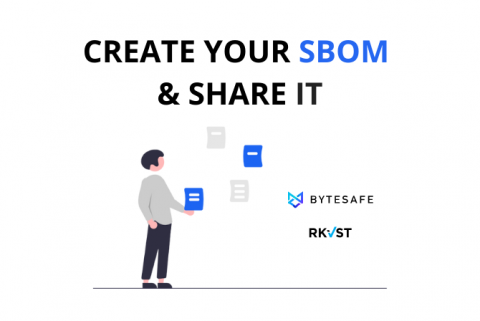How to Combat Asset Blindness in OT Security
One of the main challenges of OT security is the problem of compatibility. OT components often differ significantly from each other in terms of age and sophistication as well as software and communication protocols. This complicates asset discovery and makes it difficult to establish a consistent cybersecurity governance approach. Combating asset blindness in OT security begins with taking account of these differences.



